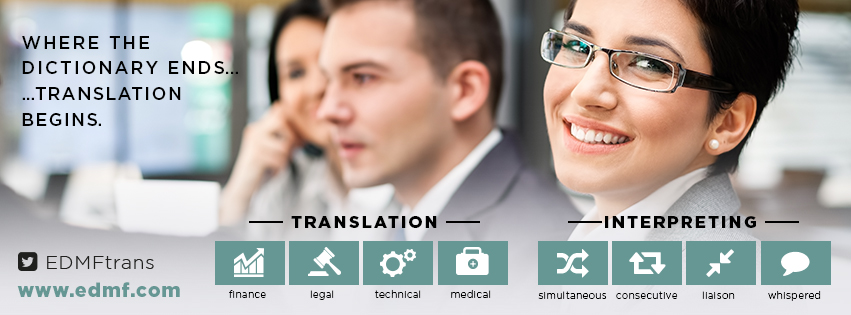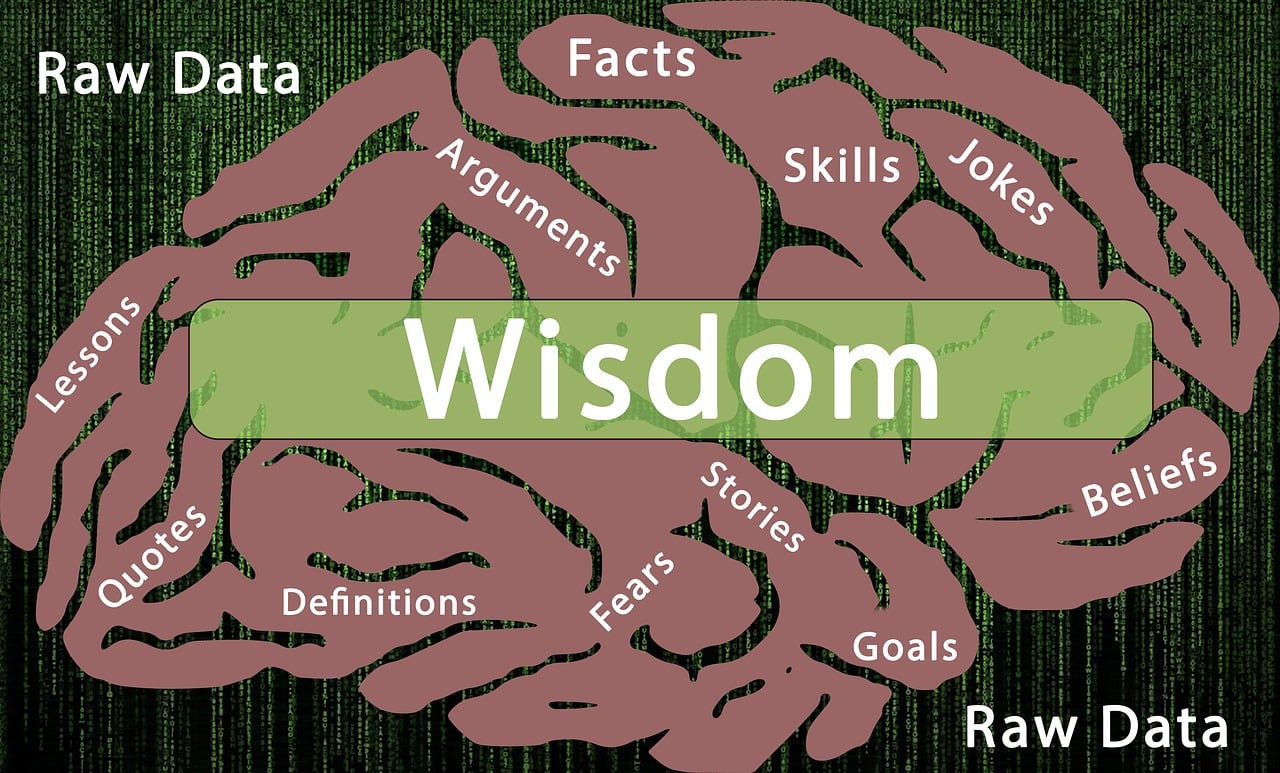
Douglas Arnott
Owner and Founder of EDMF Language Services Kft.
AI translation has become a staple in our digital world, promising instant results and cost savings. But beneath the buzz, persistent myths continue to shape how organisations perceive both AI and professional human translation. Below I take a look at three of these myths to provide some practical insight into what you actually get for your money.
Myth 1 – AI and context: more than just words
One of the most common misconceptions is that AI can understand context just like a human. In reality, AI excels at pattern recognition, not comprehension. Modern AI models, especially large language models (LLMs) like GPT-4 and Google’s Gemini 1.5, have advanced in contextual awareness by integrating information from multiple sources – text, images, and audio – to generate more relevant and nuanced responses. These models use mechanisms such as self-attention and retrieval-augmented generation (RAG) to relate different pieces of information and maintain context over longer conversations. This allows AI to recognise relationships between words and phrases in a sentence, maintain a thread of conversation across multiple exchanges, and tailor responses based on specific user inputs or historical data.w.
Sounds great. Or is it?
Despite these advances, AI’s understanding of context is fundamentally different from human comprehension. AI excels at identifying patterns and correlations in data but does not possess true comprehension. It can answer “what” questions (e.g. “What comes next?”) but struggles with “why” (e.g. “Why did this happen?”) because it lacks reasoning, intuition and lived experience. This is what we call literal vs. deep understanding.
AI often misinterprets sarcasm, humour, or emotional tone, taking a sarcastic remark at face value for example, missing the underlying intent (ambiguity and emotion). It lacks the implicit knowledge, shared cultural background, and emotional intelligence that humans use to interpret context. It can misinterpret or overlook nuances that are obvious to people, which is what we as humans get from our common sense and cultural awareness.
And generally speaking, AI predicts likely continuations based on training data, not on an internal grasp of meaning or consequence. This is also rooted in the bias factor, more on that later.
While emerging technologies like neuromorphic computing may bring AI closer to human-like reasoning, experts agree that true contextual understanding – rooted in intuition, emotion, and cultural experience – remains out of reach for current systems.
“AI can become better at mimicking these qualities, but its role will always be to complement human intelligence, not replace it.” ref.
Myth 2 – The hidden costs of “fast and cheap” AI
It’s tempting to believe that AI translation is always faster and cheaper. But this overlooks the hidden costs of post-editing and risk management. Industry analysis shows that for customer-facing or legally binding documents, full post-editing is often required to meet professional standards, negating the supposed time and cost savings, and a significant proportion of companies experience delays and increased revision cycles when using AI for legal or technical translation.
So is it all bad?
No, absolutely not, but how you harness the benefits of AI is the key. I spent last week working on translating a company’s IFRS accounts from Hungarian into English. More than sixty pages of hardcore accounting, full of references to different accounting standards. Every time I came across a passage I needed context on, I asked Perplexity to identify the standard that dealt with a given sentence or paragraph (making sure not to upload any sensitive data). Within seconds I not only knew which of the IFRS standards was the relevant one, e.g. for supplier finance arrangements, but I also knew which paragraph to go to for more information. And, I taught Perplexity always to post a link to the latest version of the Hungarian and the original English IFRS standard at the end of each answer. Over the week this saved me hours of research, and undoubtedly contributed to a better quality of translation.
On the flip side, I asked it to find out whether a certain Hungarian government decree had an official English translation. It confidently told me that the decree in question was about medicinal products, and here was the English title (spoiler: it was wrong). I rejected the proposal and told it to look again, and after apologising, it came back, again über-confidently, to tell me the government decree was actually about public procurement (spoiler: it wasn’t). Only when I told Perplexity that the legislation I was looking for dealt with air quality did it find and provide the information I was needing…
Myth 3 – The bias factor
Finally, another myth is that AI is inherently neutral. In practice, AI systems reflect the data they’re trained on, which can include cultural biases. For example, some AI tools have been shown to reinforce gender stereotypes, such as translating all doctors as male and all nurses as female in gendered languages like Spanish and German. This is a direct result of biased training data and overgeneralisation by machine learning algorithms. Human translators can spot and correct these issues, ensuring content is both accurate and culturally sensitive.
Human-in-the-loop approaches ensure that marketing campaigns and customer-facing content are culturally relevant and resonate with local audiences, whereas AI alone often misses these nuances. Combining AI with professional linguists leads to higher engagement, brand trust, and avoids unnecessary grief with embarrassing mistakes.
If you take one thing from this post about the myths surrounding AI in translation, it is the vital important of critical thinking. While this has always been a fundamental cog in the development of the human race, I feel it is becoming ever more crucial as we face the challenges that AI-supplied information is posing for us. We have to understand exactly what AI is giving us, and what it doesn’t, in order to harness the full potential of this new technology.
———
When you choose EDMF, you’re not just buying a translation, you’re gaining a partner who stands behind your most important documents.
If you want to learn more about how EDMF can support your organisation in avoiding the pitfalls of getting the most out of AI-supported translation workflows, just visit our website or get in touch directly.






